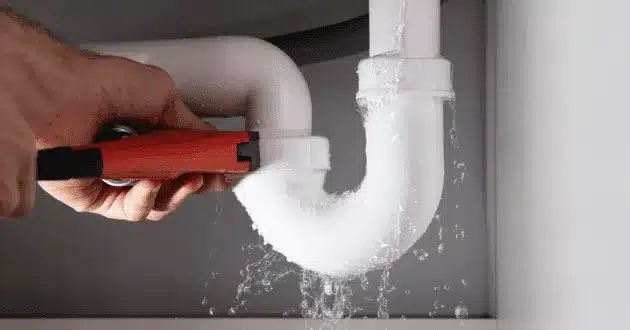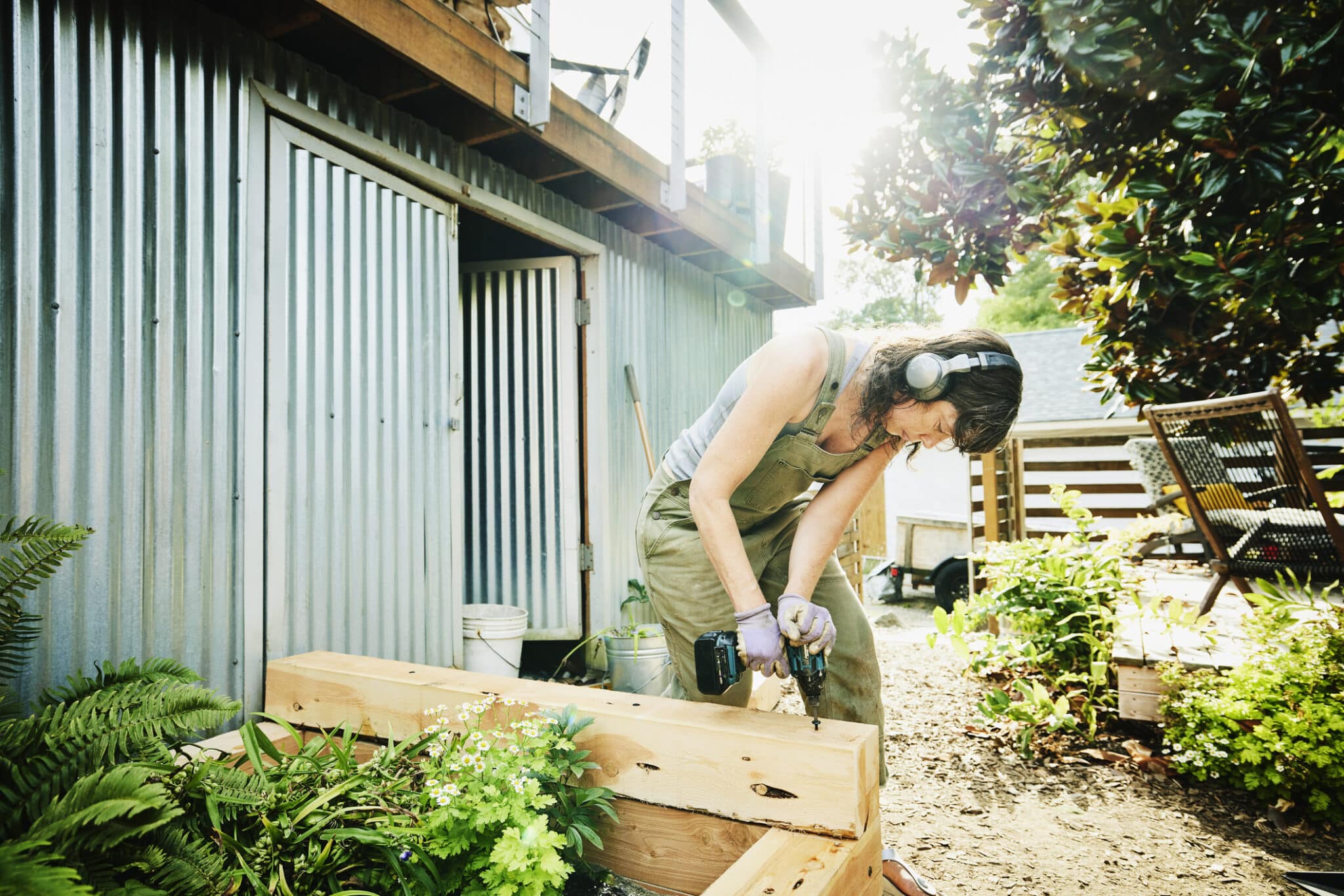Making your home eco-friendly isn’t just trendy—it’s one of the smartest moves you can make. Sustainable home improvement upgrades can lower utility bills, boost property value, and reduce your environmental impact. And the range of eco-conscious renovations today is broader and more accessible than ever. Still, the journey can feel daunting. After all, you’ll need to coordinate with multiple contractors and navigate detailed renovation agreements.
On the agreement side, you can use construction contract review tools, such as Protractor, to ensure the contract protects your interests and aligns with your vision. As for working with contractors, the key to avoiding stress is clearly understanding your project’s goals or green priorities.
Here are some high-impact sustainable home improvements that can help you create a greener, healthier, and more efficient home.
1. Energy-Efficient Upgrades That Pay Off
For good reason, energy efficiency often tops the list of sustainable home improvements. Heating and cooling typically account for a large chunk of a home’s energy usage, so any steps to reduce that demand can have major environmental and financial rewards.
Upgrade Your Windows
Old, drafty windows let indoor air escape while allowing outside air in. Modern double or triple-pane windows stabilize indoor temperatures and reduce your reliance on heating or cooling. This not only trims your utility bills but also enhances overall comfort. Look for the ENERGY STAR® label, which guarantees strict efficiency criteria.
Insulate Smarter
Beyond attics, adding or upgrading insulation in walls, floors, basements, or crawl spaces is one of the most cost-effective ways to save energy. Options include spray foam made from eco-friendly materials, cellulose produced from recycled paper, and even natural wool. Better insulation cuts wear and tear on your HVAC system and keeps indoor temperatures stable year-round.
Install a Smart Thermostat
A smart thermostat goes beyond simple programming by learning your schedule. It adjusts the temperature automatically when you’re out or asleep, conserving energy without constant manual tinkering. The result is a more comfortable home and a smaller carbon footprint, all with minimal effort.
2. Reclaimed and Recycled Materials That Add Style with Purpose
Sustainability isn’t limited to your utility bill. It’s also about reducing the consumption of new resources. Reclaimed and recycled materials can divert waste from landfills while giving your space a distinctive, lived-in appeal.
Reclaimed Wood
Wood salvaged from old barns, factories, or houses brings character to floors, ceilings, accent walls, or custom furniture. Each piece has its own history and unique grain patterns. Just be sure to work with reputable suppliers who thoroughly clean and treat the wood, ensuring it’s free from pests or other contaminants.
Recycled Countertops
Surfaces made from crushed recycled glass, paper composite, or concrete embedded with repurposed materials can look as upscale as any natural stone. Many of these products also use low-VOC adhesives, improving indoor air quality. They’re durable, modern, and reduce the environmental toll of mining for fresh materials.
Vintage Fixtures and Architectural Salvage
Think antique sinks, classic light fixtures, or even salvaged doors and tiles. Incorporating these elements keeps them out of landfills and infuses your home with character. It also reduces the need to manufacture new items, saving energy and raw materials.
3. Water-Saving Fixtures and Appliances

Conserving water at home is a straightforward yet impactful way to practice eco-friendly living. Simple changes can add up to significant reductions in usage and cost, making the following sustainable home improvement projects worth pursuing.
Install Low-Flow Fixtures
Modern low-flow showerheads, faucets, and toilets are designed to use less water without sacrificing performance. According to the EPA, switching older toilets to WaterSense-labeled models can save a typical household over 13,000 gallons of water every year—along with noticeable savings on monthly bills.
Upgrade to High-Efficiency Appliances
Consider ENERGY STAR® dishwashers and washing machines that consume less water and energy than standard units. Pay close attention to each model’s water usage per cycle because not all machines are equally efficient. In general, front-loading washing machines tend to use less water than top-loading models.
Capture Rainwater
A simple rain barrel placed under your downspout can collect runoff for watering your garden or cleaning outdoor areas. Even if you have a small yard or live in a region with moderate rainfall, rainwater harvesting is a low-cost way to reduce your reliance on municipal water and lessen your environmental footprint.
4. Landscaping and Outdoor Sustainable Home Improvements
Your yard, garden, and external structures also offer many possibilities for eco-friendly upgrades.
Native and Drought-Tolerant Plants
Choosing plants suited to your local environment reduces the need for extra watering, chemical fertilizers, or pesticides. Native species also bolster local pollinators, helping maintain a healthy ecosystem. Bonus: These plants often require less maintenance once established, saving time and water.
Permeable Pavers and Sustainable Hardscaping
Traditional paving materials like concrete or asphalt block rainwater from soaking into the ground, intensifying runoff and flood risks. Permeable pavers allow water to percolate through, replenishing groundwater and reducing erosion. Natural stone, reclaimed brick, or gravel are other eco-friendly hardscape options that let the earth breathe.
Compost for a Healthier Yard
Why send kitchen scraps and yard clippings to a landfill when you can transform them into nutrient-rich soil amendments? Composting improves soil structure, helps it retain moisture, and can reduce the need for chemical fertilizers. Even small urban spaces can accommodate a compact compost bin or tumbler.
How to Prioritize Projects on a Budget
Going green doesn’t have to mean a big spending spree. Many upgrades can be gradual or combined with DIY efforts to manage costs effectively.
Start with a Home Energy Audit
A professional energy audit identifies exactly where your home is losing energy and which fixes will yield the highest impact. Many utility companies offer free or subsidized audits, making it easier to figure out which projects deserve top priority.
Focus on High-Impact, Low-Cost Sustainable Home Improvements
Simple fixes like weather-stripping doors, adding LED bulbs, or sealing air leaks can make an immediate difference. Even bigger changes like upgrading to a high-efficiency HVAC system can pay for themselves in reduced bills over time.
Some states or local programs provide rebates or tax incentives for such projects, so research available financial help.
Balance DIY and Professional Work
Tasks like creating a compost pile or installing water-saving fixtures are often manageable on your own. For more complex jobs, such as replacing windows or adding solar panels, licensed pros can ensure quality and safety.
Whichever route you choose, make sure any green elements are understood and agreed upon in writing if contractors are involved.
Final Thoughts
Sustainable home improvements can transform your living space into something that’s healthier for both you and the environment. Every choice you make helps reduce your carbon footprint and may even lower your monthly expenses.
With thoughtful planning, you can feel confident moving forward. And remember that even small steps can add up to a significant impact over time. So it doesn’t matter how big you start.

